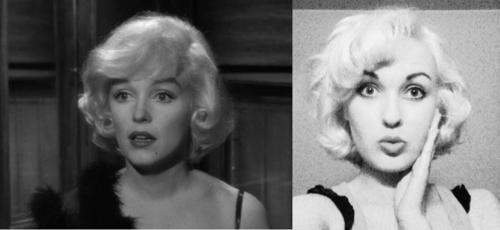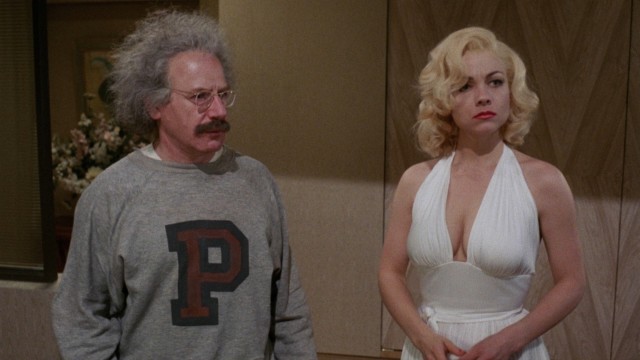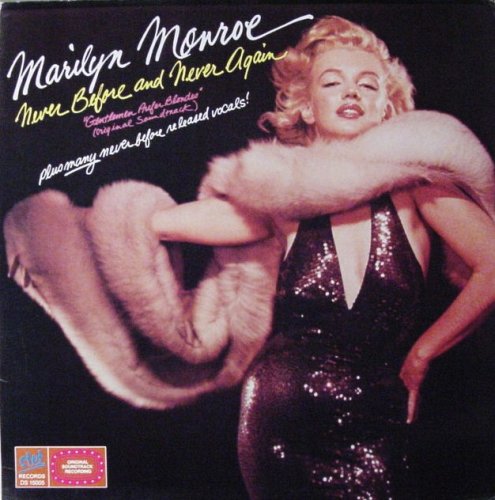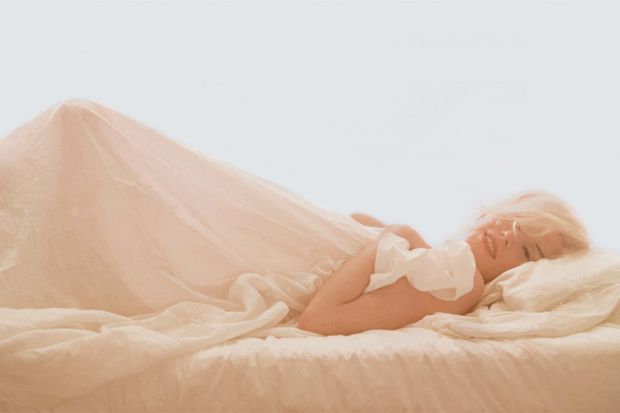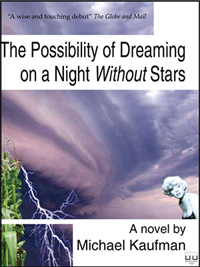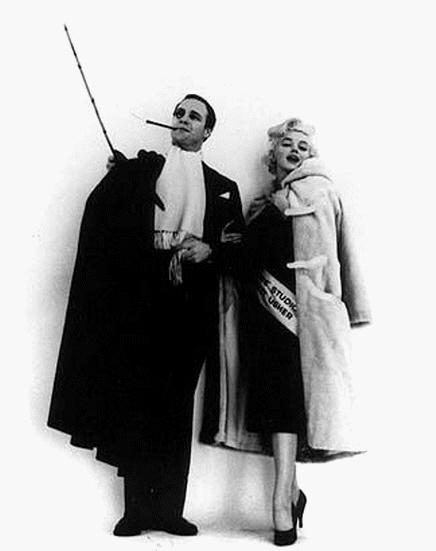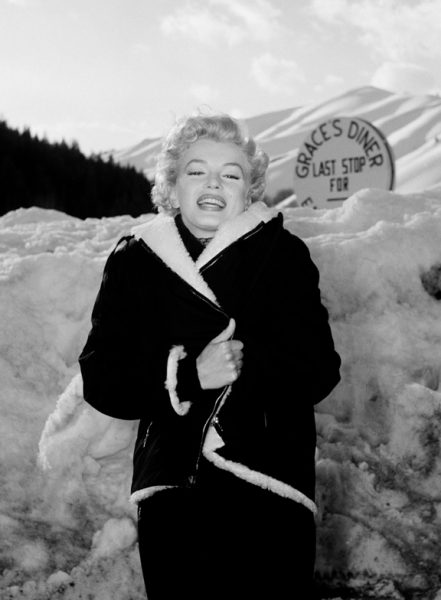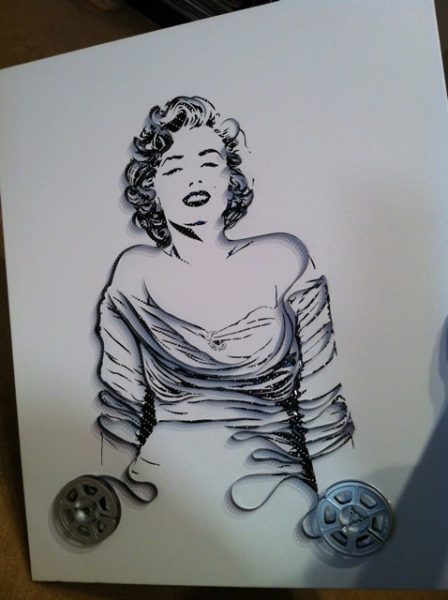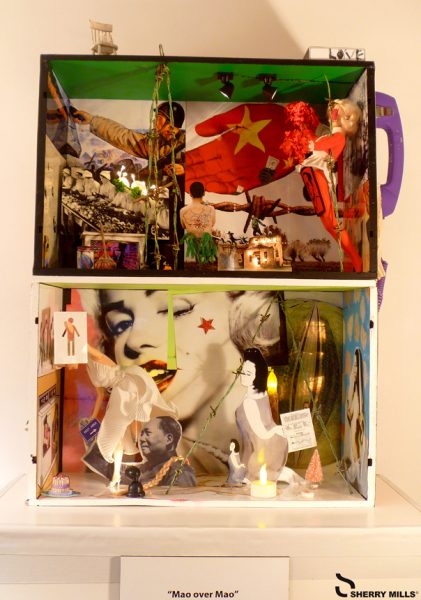
After seeing My Week With Marilyn, Mick LaSalle – film critic at the San Francisco Chronicle – read Colin Clark’s book, which gave him pause for thought:
“Here’s the problem:
In the account of the missing week, he and Marilyn have this wonderful interlude where she is kissing him and hanging out and sneaking off to spend time with him. In the book, unlike the movie, she even is willing to have sex with him, but he declines. They go skinny dipping, sleep in the same bed and really become close.
Fine.
But in the DIARY section, THERE IS NO DIFFERENCE IN HIS ATTITUDE TOWARD MARILYN AFTER THE MISSING WEEK. Here he is, her big defender, who adores her, who could even have been her lover, had he chosen to do so, and yet at the end of the week, he is, in his PERSONAL DIARY, emotionless and even vaguely disdainful on the subject of Marilyn Monroe.
It’s also weird to write an account of something — AND LEAVE OUT THE BEST PART — and then go back five years later and, as an afterthought, get around to writing about your intimate friendship with a cinematic legend.
The thing that DOESN’T support his account is the issue of sex. One of the things that I liked so much about the film — and that made me initially believe in its veracity — is that MM and Colin never have sex and that it seems she never intends to have sex with him. Men writing accounts of Marilyn usually can’t resist LYING about their exploits with her. The fact that Clark didn’t made me believe him.
But as I alluded to in the above, in the book Marilyn more or less asks Colin if they’re going to have sex. They’re together in the bedroom, and she assumes it’s going to happen. But COLIN says no, you’re married, we mustn’t, you need your rest, etc. I have a much easier time believing in the vanity of an aging memoirist than in the moral restraint of a 23-year-old being offered a night of bliss with the most beautiful woman in the world.”
